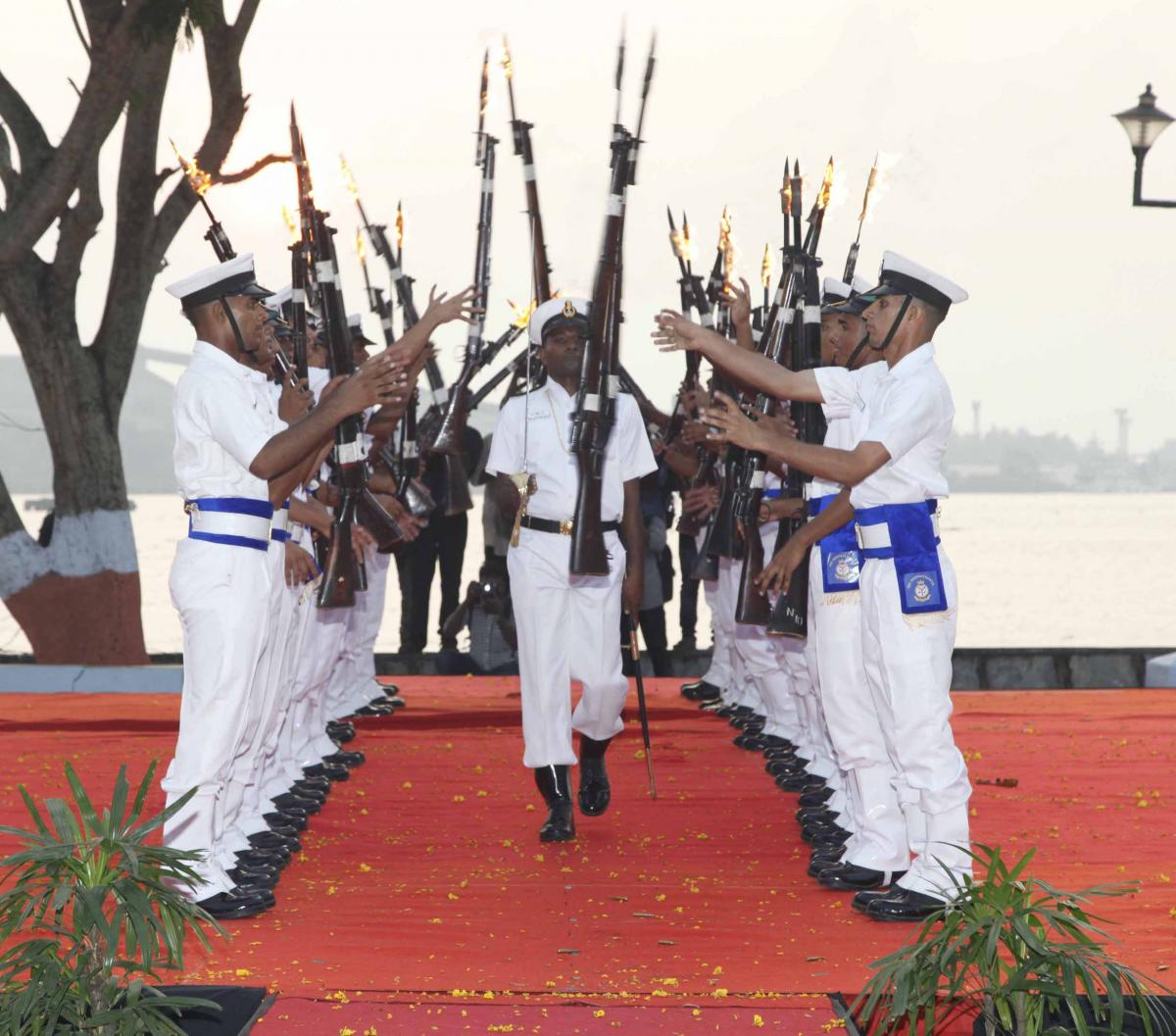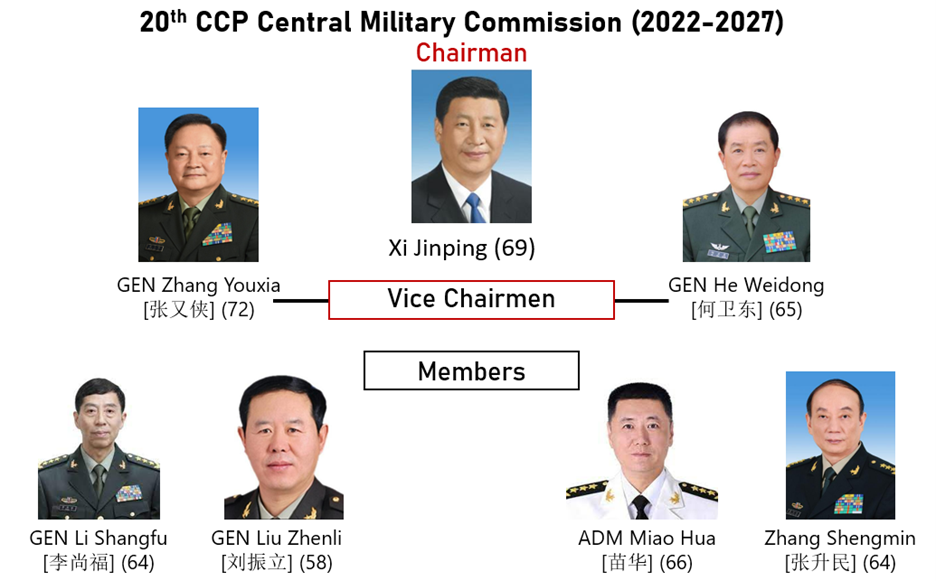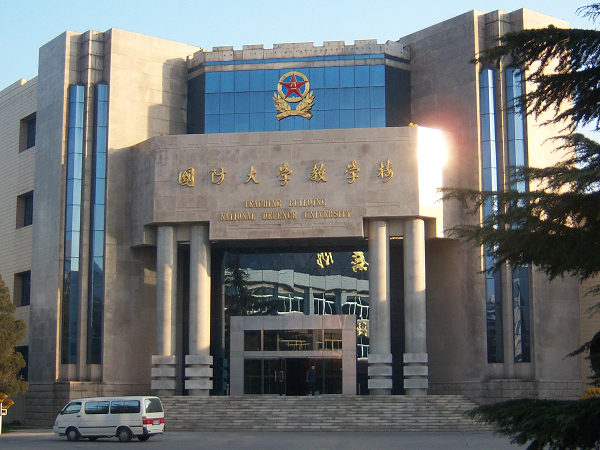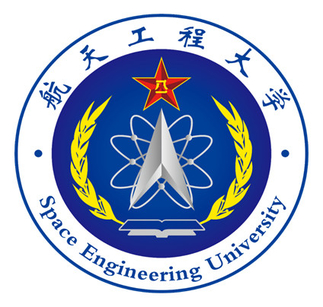
India Navy continuity drill.
“India’s move to help Sri Lanka enhance its maritime surveillance capabilities appears to be a subtle move by it to reassert its role as a net security provider for the Indian Ocean…”
The independent Indian daily newspaper Deccan Herald recently published an article, the first excerpted below, regarding India’s response to Chinese and Pakistani naval operations at Sri Lankan ports. According to the article, India is concerned that it risks losing its preeminent position as the primary security provider for Sri Lanka and the Indian Ocean region at large. The article also emphasizes the importance of the timing of India’s deal to supply Sri Lanka with Dornier 228 maritime aircraft as a means of reasserting its geopolitical standing in the region. The provision of the Dornier 228 to Sri Lanka occurred shortly after Sri Lanka granted permission to the Strategic Support Force of the Chinese People’s Liberation Army, which tracks satellites and intercontinental ballistic missiles, to visit Sri Lanka’s Hambantota Port. In addition, Sri Lanka allowed the Pakistani Navy frigate PNS Taimur to refuel at Colombo Port when returning home from naval exercises in Cambodia and Malaysia. In a recent statement published by the Chinese Communist Party People’s Daily, as shown in the second article, a China’s Ministry of Foreign Affairs spokesperson noted that Chinese support to port infrastructure in Sri Lanka and other developing nations is simply a sign of Chinese cooperation between nations, and therefore India’s concerns are unwarranted. In the third excerpted article, from the Indian publication The Hindu, the author argues that the Dornier 228 will revamp Sri Lanka’s capabilities to contribute more to the security of the Indian Ocean region, which, in turn, supports India’s regional interests. At the same time, the new capabilities will reaffirm Sri Lanka’s role as a member of the Colombo Security Conclave, whose other three members are India, the Maldives and Mauritius. The article nevertheless acknowledged that India’s increased maritime security interest in Sri Lanka is being driven by its apprehension over Sri Lanka’s cooperation with China in maritime naval affairs.
Sources:
“Sri Lanka allows Pakistani warship, Chinese recon vessel to dock in its ports, to get maritime patrol aircraft from India,” deccanherald.com (independent daily newspaper targeting youth readership), 14 August 2022. https://www.deccanherald.com/national/sri-lanka-allows-pakistani-warship-chinese-recon-vessel-to-dock-in-its-ports-to-get-maritime-patrol-aircraft-from-india-1135976.html
Even as China’s recon ship ‘Yuan Wang 5’ is back on course towards the Hambantota Port of Sri Lanka, India is set to gift the island nation a Dornier 228 maritime patrol aircraft soon, subtly reasserting its role as the net security provider to the island…. New Delhi will replace the used aircraft with a newly-built one two years later and will then discuss with Colombo the modalities for handing over another aircraft to the Sri Lankan Navy or the Coast Guard.
India’s move to help Sri Lanka enhance its maritime surveillance capabilities appears to be a subtle move by it to reassert its role as a net security provider for the Indian Ocean, notwithstanding increasing forays by the Chinese People’s Liberation Army.
Beijing had on August 8 dismissed New Delhi’s security concerns as “senseless” and tacitly asked it to desist from “disturbing normal exchanges and cooperation” between China and Sri Lanka…. India also pointed out that it was its sovereign right to express its security concerns over the arrival of China’s ship with military capabilities in Sri Lanka.
India’s move to help Sri Lanka enhance its maritime surveillance capabilities appears to be a subtle move by it to reassert its role as a net security provider for the Indian Ocean, notwithstanding increasing forays by the Chinese People’s Liberation Army Navy and Pakistani Navy in the region.
“毛宁:中国将为发展中国家做更多实事、好事 (Mao Ning: China will do more practical and good deeds for developing countries),” people.com.cn (largest Chinese newspaper owned by the Chinese Communist Party), 8 October 2022. http://world.people.com.cn/n1/2022/1008/c1002-32541066.html
The infrastructure of these countries includes ports, bridges, and power stations, in addition to mosques, parliament buildings, stadiums, and libraries. They are all beautiful business items made in China, and they are also golden images of China’s cooperation with developing countries.
“India hands over Dornier maritime surveillance aircraft to Sri Lanka Navy,” thehindu.com (widely circulated Indian daily newspaper), 15 August 2022. https://www.thehindu.com/news/international/india-to-hand-over-dornier-maritime-surveillance-aircraft-to-sri-lanka-navy/article65770998.ece
Sri Lanka Air Force announced that the Indian Air force was gifting it a Dornier 228 Maritime Patrol Aircraft, while noting another aircraft would be donated within two years…. Sri Lanka is a member of the ‘Colombo Security Conclave’ that began as a trilateral initiate involving India, Sri Lanka and the Maldives, and later included Mauritius, for maritime cooperation in the region.
Image Information:
Image: India Navy continuity drill
Source: https://commons.wikimedia.org/wiki/File:India_Navy_continuity_drill_1.jpg
Attribution: www.indiannavy.nic, CC BY 2.0






